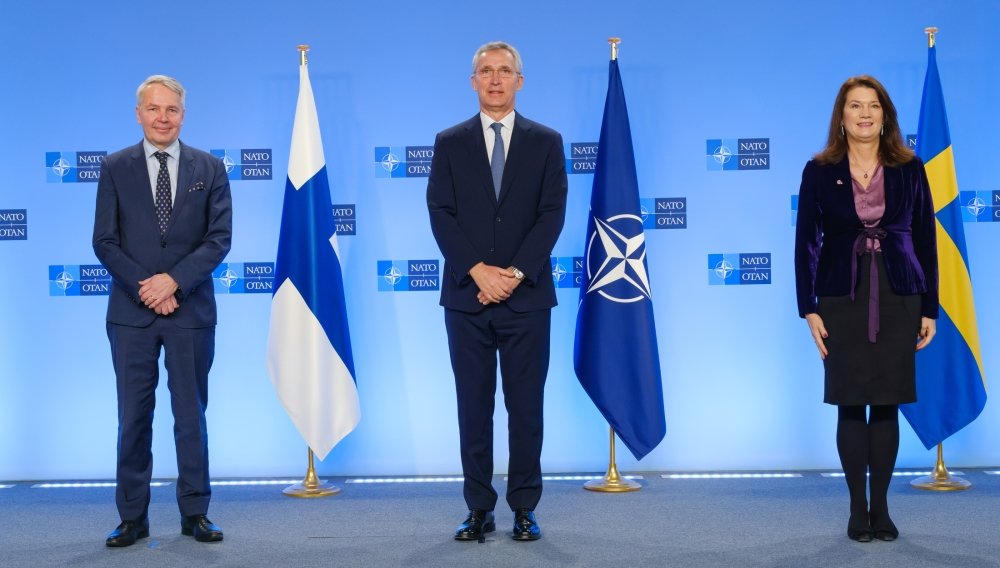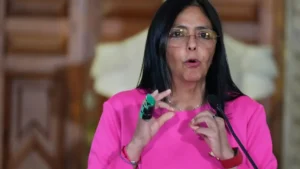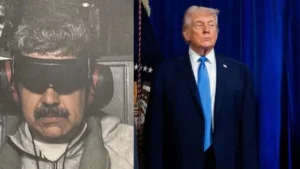At the NATO Headquarters, Sweden and Finland signed the accession protocols. Pekka Haavisto of Finland and Ann Linde of Sweden, both foreign ministers, were present for the signing. Days have passed since the trilateral agreement between Sweden, Finland, and Turkey was signed. Turkey initially opposed the Nordic countries’ admission to the organisation on the grounds that they were harbouring Kurdish insurgents. At the last trilateral conference in Madrid, Turkey agreed to drop its objections under specific circumstances.
Buy Prime Test Series for all Banking, SSC, Insurance & other exams
KEY POINTS:
- The ratification procedure begins with the signature of the accession procedures. NATO Secretary-General Jens Stoltenberg referred to the signing as significant in a statement.
- The 30-nation NATO alliance aims to advance inter-nation security. According to the NATO charter’s collective defence tenet, an armed attack against one of its members is an attack on all of them.
- Any European state that is able to advance the Treaty’s principles and enhance the security of the North Atlantic region is eligible to join NATO. With the situation in Ukraine as a backdrop, the development is noteworthy.
- Russia opposes NATO’s eastward expansion, and Finland is a neighbour of Russia.
- The door of NATO, according to Mr. Stoltenberg, is still open to the European Union as they deal with what he called the largest security crisis in decades.
About NATO:
With 30 members—28 European and 2 North American—the North Atlantic Treaty Organization, often known as the North Atlantic Alliance, is an intergovernmental military alliance. The North Atlantic Treaty, which was signed in Washington, D.C., on April 4, 1949, is implemented by the organisation, which was founded during World War II. As a collective security structure, NATO’s autonomous member nations have agreed to defend one another from outside threats. NATO functioned as a check on the imagined Soviet Union threat during the Cold War.




 Who Is Delcy Rodriguez? Venezuela’s Inte...
Who Is Delcy Rodriguez? Venezuela’s Inte...
 US Move on Venezuela's Oil: What It Mean...
US Move on Venezuela's Oil: What It Mean...
 US Military Action in Venezuela: Why Was...
US Military Action in Venezuela: Why Was...







